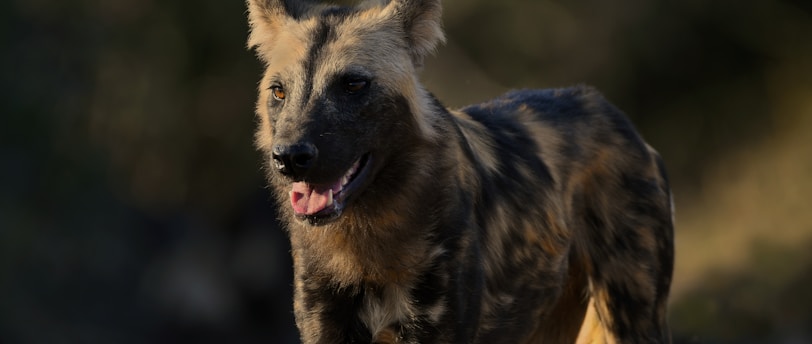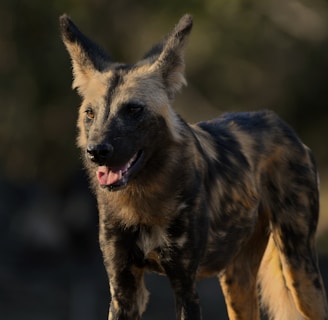Running Out of Time: The Endangered African Wild Dog
In the vast and diverse landscapes of Africa, one of its most enigmatic and endangered inhabitants, the African wild dog (Lycaon pictus), is silently slipping away. Once widespread, these captivating creatures are now facing a perilous decline, raising concerns about the potential loss of a species that plays a vital role in the continent’s ecosystems. In this blog post, we will explore the challenges that African wild dogs are confronting, the significance of their role in the ecosystem, and the urgent need for conservation efforts to ensure their survival.
12/31/20232 min read


African wild dogs, also known as painted dogs or Cape hunting dogs, are uniquely marked with a coat of intricate, mottled patterns that resemble a living work of art. Despite their striking appearance and fascinating social structures, they are currently one of Africa’s most endangered carnivores. The primary threats to their existence are habitat loss, human-wildlife conflict, and diseases transmitted by domestic animals.
As human populations expand and encroach upon wild areas, African wild dogs are losing their natural habitats. The resulting fragmentation of their territories makes it difficult for them to find prey and establish stable packs. Additionally, conflicts with farmers who view them as threats to livestock further contribute to their decline. Diseases like canine distemper and rabies, transmitted from domestic dogs, pose a significant risk to wild dog populations.
Ecosystem Guardians:
African wild dogs play a crucial role in maintaining the health of their ecosystems. As skilled and efficient predators, they help control prey populations, preventing overgrazing and maintaining a balance in the food chain. Their presence also benefits other species that share their habitats, contributing to the overall biodiversity of the African landscapes.
Conservation Initiatives:
Efforts to save the African wild dog involve a combination of habitat protection, community engagement, and disease management. Conservation organizations are working to establish and connect protected areas, allowing for the creation of larger and more viable wild dog populations. Education and awareness programs aim to foster coexistence between local communities and wild dogs, reducing human-wildlife conflicts.
Research into disease management, including vaccination programs for domestic dogs, is crucial to protect African wild dogs from diseases that can devastate their populations. Collaboration between governments, conservation organizations, and local communities is essential to implement effective conservation strategies and secure a future for these magnificent creatures.
Conclusion:
The plight of the endangered African wild dog is a poignant reminder of the challenges faced by wildlife in our rapidly changing world. As stewards of the planet, it is our responsibility to ensure the survival of these unique species and the ecosystems they inhabit. By supporting conservation initiatives, raising awareness, and fostering a harmonious coexistence between humans and African wild dogs, we can work towards a future where these remarkable creatures continue to roam the landscapes of Africa, contributing to the rich tapestry of life on our planet.
Contacts
contact@terra-rising.com
